Search
Did you mean: Antigone?
Search Results
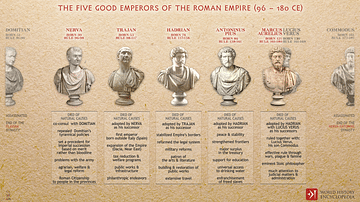
Image
The Five Good Emperors of the Roman Empire (96 - 180 CE)
An infographic illustrating the succession of Roman rulers between 96 and 180 CE, known as the Five Good Emperors (a term unknown to the ancient Romans, coined by Nicolo Machiavelli in his 1531 manuscript Discourses on Livy and made widely...
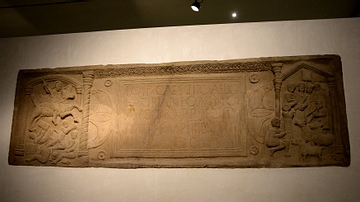
Image
Bridgeness Commomerative Slab
This carved slab (also known as the Bridgeness slab) commemorates building the most eastern part of the Antonine wall, which cut Scotland into two. Its grand inscription records the army's dedication of the building work to their emperor...
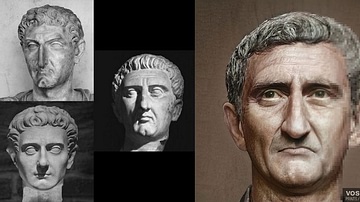
Image Gallery
Faces of Roman Emperors: Nerva to the Severan Dynasty
A series of facial reconstructions of Roman emperors from the Nerva-Antonine Dynasty (96 CE-192 CE), the Year of the Five Emperors (193 CE) and the Severan Dynasty (193-235 CE). These photorealistic representations are only best guesses at...

Definition
Roman Medicine
Roman medicine was greatly influenced by earlier Greek medicine and literature but would also make its own unique contribution to the history of medicine through the work of such famous experts as Galen and Celsus. Whilst there were professional...
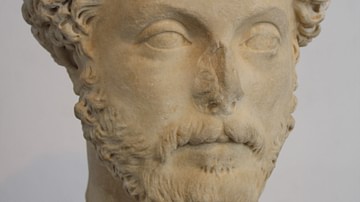
Definition
Marcus Aurelius
Marcus Aurelius (r. 161 to 180 CE) was a Roman emperor best known as the last of the Five Good Emperors of Rome (following Nerva, Trajan, Hadrian, and Antoninus Pius) and as the author of the philosophical work Meditations. Although it has...

Image
Artemis, Poseidon and Demeter
A marble grouping of three deities from the Agora of Smyrna. In the center is Poseidon who probably held a trident in his right hand. On his left is a statue of Demeter. To his right is the lower half of the goddess Artemis. The grouping...
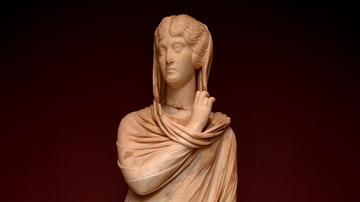
Image
Statue of Cornelia Antonia from Antioch of Pisidia
The woman, whose name was inscribed on the plinth as Cornelia Antonia, wears a long and voluminous chiton with a large himation, covering the entire body and falling down onto the plinth. Although the posture of the body and the positions...
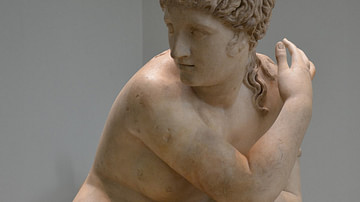
Image
Crouching Venus
Marble statue of a naked Venus crouching at her bath, 2nd century CE (Antonine period). It is a Roman version of an original from the Hellenistic period. (British Museum)
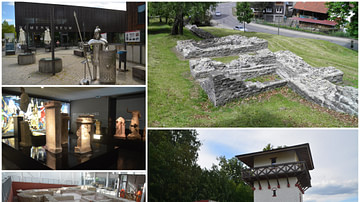
Image
The Limes at Osterburken, Germany
Osterburken is the location of the best-preserved Roman Limes fort in the state of Baden-Württemberg in Germany. It is also home to the Römermuseum Osterburken, which presents finds from Osterburken and the region and provides information...

Image
Roman Temple Front, Laodicea
The Temple A at Laodicea on the Lycus in Phrygia (modern-day Turkey) with four spirally fluted columns in the front (prostyle temple). It was built in the Antonine period (2nd century CE) and was heavily renovated during the reign of Emperor...